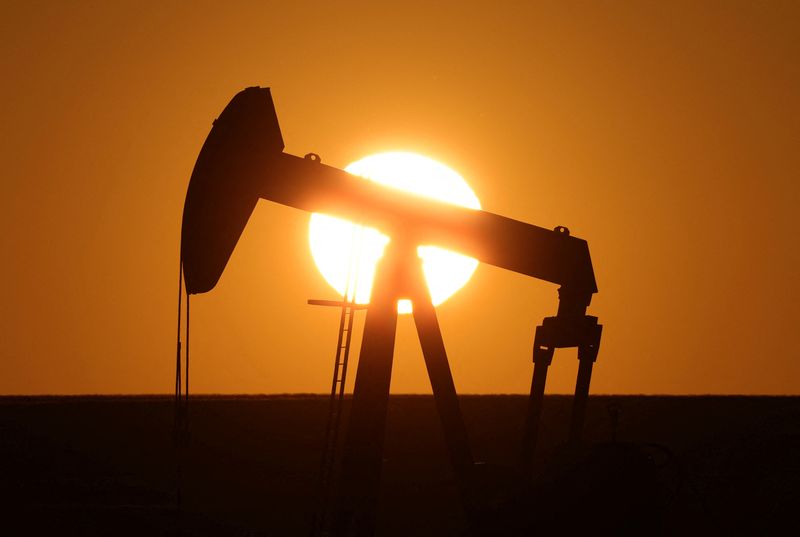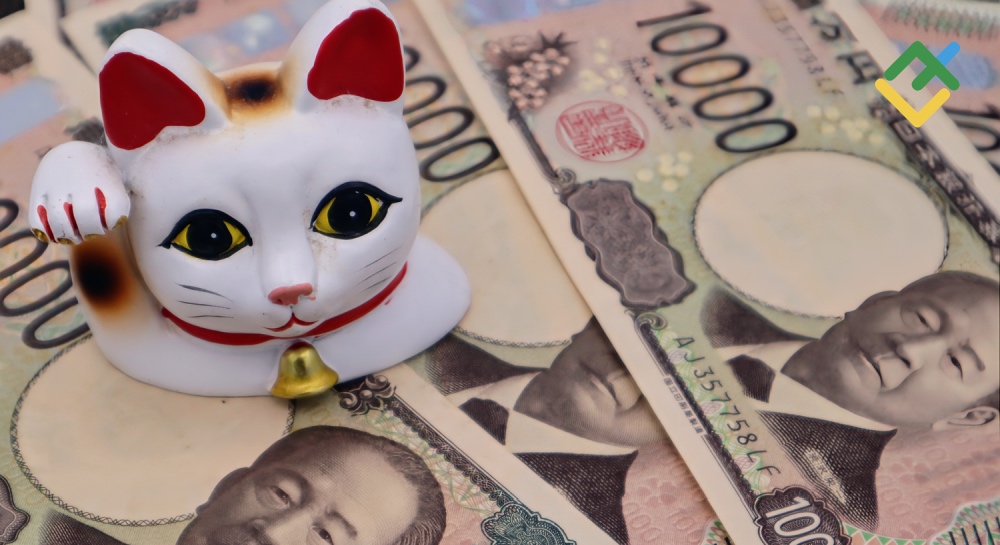
By Georgina McCartney
HOUSTON (Reuters) -Oil prices turned positive on Wednesday after falling by more than $2, despite U.S. crude stocks rising by more than expected, according to the Energy Information Administration (EIA).
Brent crude oil futures were up 38 cents, or 0.5%, at $75.91 per barrel by 11:07 a.m. EDT. U.S. West Texas Intermediate (WTI) crude rose by 57 cents or 0.79%, to $72.56.
U.S. crude oil, gasoline and distillate inventories rose last week, the EIA said on Wednesday.
Crude inventories rose by 2.1 million barrels to 427.7 million barrels in the week ending Nov. 1, the EIA said, compared with analysts’ expectations in a Reuters poll for a 1.1 million-barrel rise.
Donald Trump’s re-election as president had triggered a large sell off in the session as the U.S. dollar was set for its biggest one-day rise since March 2020, pushing prices down by more than $2 per barrel.
“There was an over-reaction to the election results, and that a Trump victory could have caused the U.S. industry to sort of drill itself into oblivion and cause a glut,” said John Kilduff, a partner at Again Capital in New York.
“But cooler heads have prevailed and this market has a lot of problems on its hand,” he added, citing ongoing war in the Middle East as a supportive factor.
Investors believe a Trump presidency will bolster the dollar as interest rates may need to remain high to combat inflation resulting from any new tariffs and policies that may further pressure China’s economy, weakening demand there.
Independent (LON:IOG) analyst Tina Teng said that besides a surging dollar weighing on commodity prices, a Trump presidency could see policies that may further pressure the Chinese economy, weakening oil demand in the world’s top crude importer.
The dollar was set for its biggest one-day rise since March 2020 against major peers as so-called “Trump trades” took off.
A stronger U.S. dollar makes greenback-denominated commodities such as oil more expensive for holders of other currencies and tends to weigh on prices.
“A Trump presidency has a bearish spin,” UBS analyst Giovanni Staunovo said. “Tariffs would be negative for economic growth and oil demand growth.”
However, Trump could renew sanctions on Iran and Venezuela, removing barrels from the market, which would be bullish, Staunovo added.
“He has little interest in renewables and will actively encourage U.S. oil production growth,” said Panmure Liberum analyst Ashley Kelty.
“This is not so good for OPEC+ who will have to decide whether they want to protect market share or try to sustain price levels,” Kelty said.

Weakening demand signals also weighed on oil on Wednesday, said Phillip Nova senior market analyst Priyanka Sachdeva in a note, after data from the American Petroleum Institute showed U.S. crude inventories grew more than forecast.
Meanwhile, oil and gas producers in the U.S. Gulf of Mexico began shutting output as Tropical Storm Rafael is forecast to become a Category 1 hurricane by early Wednesday.
This post is originally published on INVESTING.




